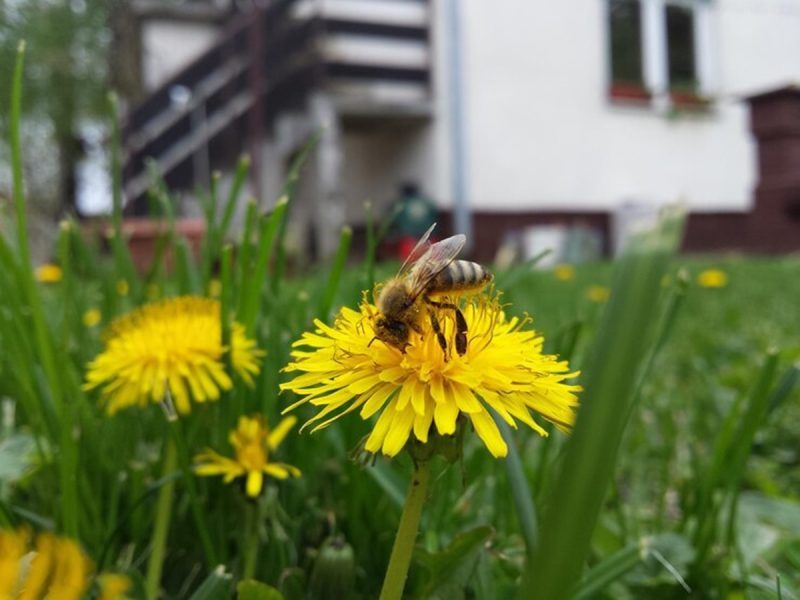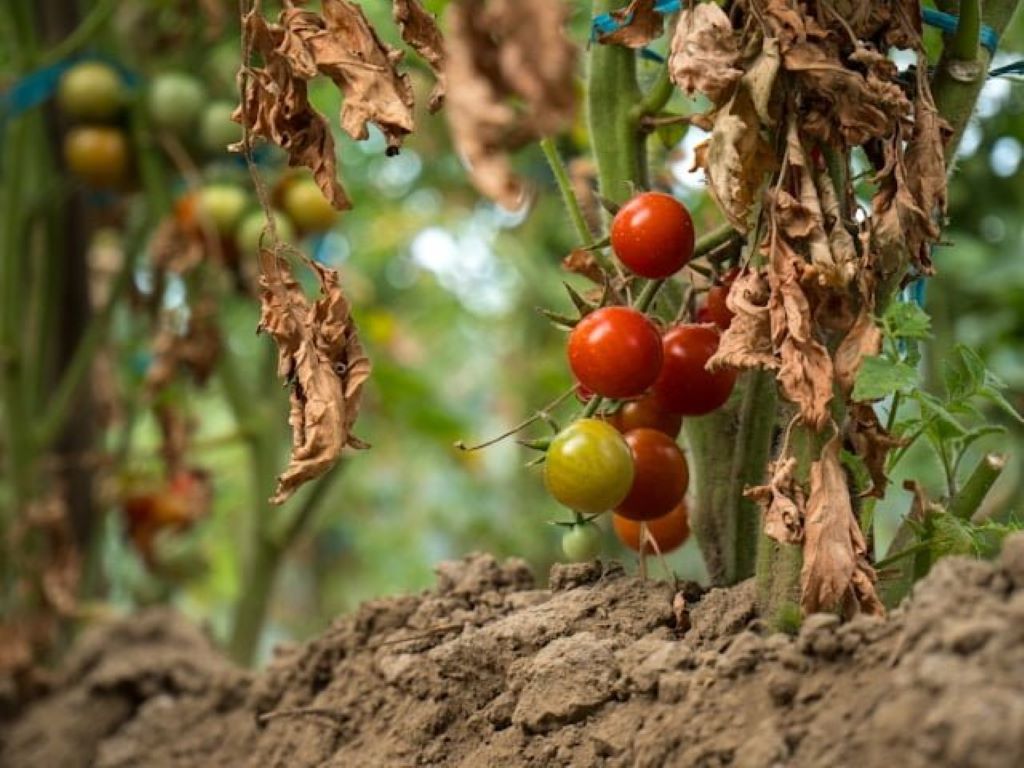Sometimes it happens that the change of location, the change of temperature or the atmospheric agents, affects our plants’ health. To best treat them, you must first understand the nature of their deterioration, which can be caused by: parasites, too high or too low external temperature, poor lighting, soil poor in nutrients. In this guide, we will then see some tips on how to revive a dying plant.
How to revive a dying plant?
A tip first of all, once the treatments are finished, of whatever nature they are, the time always comes to give a good watering with water and fertilizer. Let’s now provide abundant watering until we see that the water comes out of the lower part of the pot. We wait for it to stop flowing, empty the saucer, reposition it under the plant and arrange it in a point where there is abundant light, possibly but not directly exposed to the sun, at least for the first few days.
Keep reading: How to Take Care of Plants in Summer
Trunk, leaves and parasites
Before checking the roots, creating other potential trauma to the plant where it does not need it, you must check every visible part of the plant (trunk and leaves, both above and below). In this operation, we will check if there are parasites present or not. We eliminate any yellow leaves with the help of sharp scissors sterilized with alcohol.
Let’s take a good look at the plant and if we find indiscreet presences, let’s go to a florist or an agricultural consortium to explain what type of parasite is present on our plant and ask us to recommend the right remedy (if possible, take the plant with us and let us see it. to the professional).
The roots
Surely flaring the plant is the simplest action to do regardless of the nature of their decay. In doing so, we try to be gentle and calmly remove the earth until the plant is free. Only when this is completely uncovered can we extract it completely from the pot and place it on the ground to check the health of the roots. Now that the roots are bare, we can better control them and eliminate any that may appear to be dead.
Cut them off with a suitable pair of scissors so as not to damage the main root system. We reposition the plant in the soil, taking a completely new bag of soil and filling the pot halfway. We arrange the plant in the center of the pot adequately and then cover it with the remaining part of the earth until it reaches two fingers below the vase’s edge. With your hands, now press the soil to compress it perfectly in the vicinity of the roots. If more soil is needed, add a little.
As soon as we realize that our plant is dying, we can try to intervene to save it.





